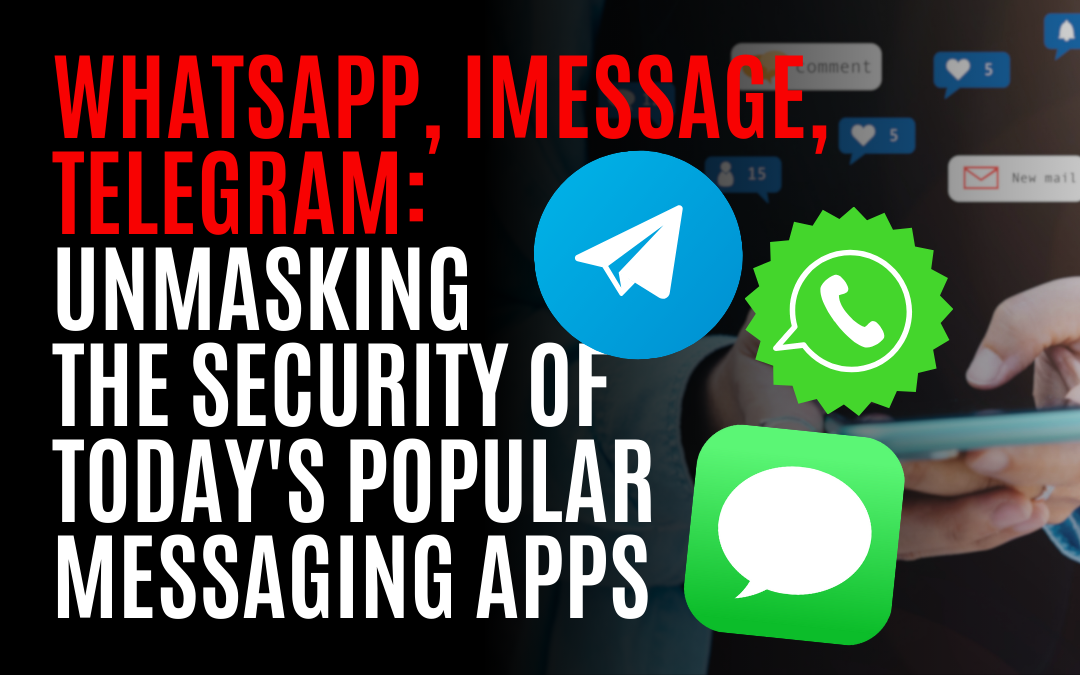Latest Shows
Listen and Read
ChatGPT’s Technology Will Be Part of Everything This Year – How AI chatbot ChatGPT changes the phishing game – Microsoft Looking to Invest $10 billion More
The Newest Artificial Intelligence Is About to Change Your Life! And It’s Code Red for Google.
Google Ads Were Weaponized – Identifying Criminals Using Cell Phone Location Data – WhatsApp Was Hacked By an Israeli Company – US Supreme Court Allows WhatsApp to Sue NSO Group – Identity Thieves Bypassed Experian Security to View Credit Reports
Ring Cameras Hacked – LastPass finally admits crooks stole your info – How to use Password Managers – Which are the best for you?
The Latest!

The Digital Battlefield: How Military Cyber Attacks are Shaping the Future of Warfare
Hey folks, picture this: You wake up, grab your coffee, and hear that a giant oil pipeline has been shut down because of a ransomware attack. 😱 Pretty scary, right? Got me thinking about the scope of these military-driven cyber attacks and how they might look like the first strikes in WWIII. Let's dive into what I've found. The New Battlefield - Military Cyber Attacks 🚀 Remember the Stuxnet cyberattack from 2010? It was a watershed moment in the history of cyber warfare. This sophisticated attack, often likened to a plot from a spy movie, targeted Iran's nuclear program. The attack was carried out using a worm that infiltrated Siemens industrial systems, causing the centrifuges to malfunction while displaying normal operations on the monitors. The result was a significant setback to Iran's nuclear ambitions, marking the first instance of a cyber attack causing physical damage and heralding a new era in cyber warfare. Imagine waking up one day, and your home is without natural gas....
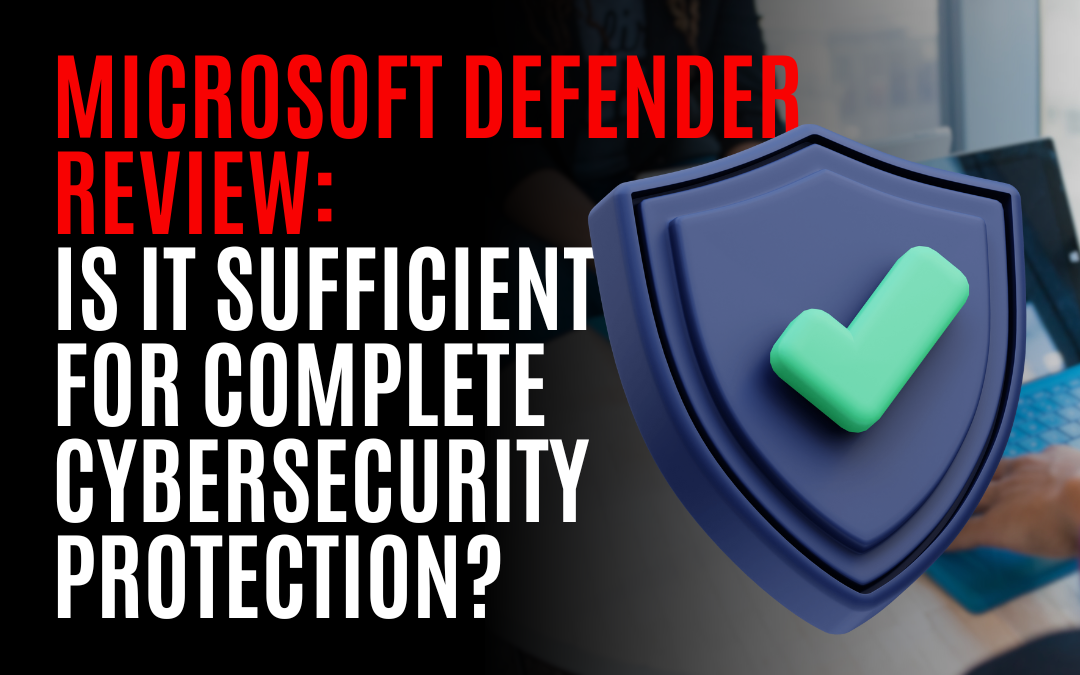
Microsoft Defender Review: Is It Sufficient for Complete Cybersecurity Protection?
Cybersecurity is crucial for keeping your digital life safe and sound. With hackers and hackers lurking around every corner of the internet, proper protection is essential. Now, you might be wondering if Microsoft Defender is all you need for Cybersecurity. Well, grab a cup of coffee, and let's dive into this important topic together. ⭐ The Features of Microsoft Defender ⭐ First things first, let's talk about the features of Microsoft Defender. This free, built-in antivirus software comes pre-installed on Windows 10 devices and offers a host of security measures: 1️⃣ Real-Time Protection: Imagine a superhero that's always on duty, scanning your system non-stop to keep those nasty cyber villains at bay—that's Real-Time Protection for you! This nifty feature is like having a bodyguard for your PC, checking out your files the moment you click on them to make sure there's nothing shady lurking inside. It's constantly on the lookout to block and bounce malware off the metaphorical door...

Charged for the Future: Shielding Our Lives and Electric Grid Against Solar Threats and EMPs
⚡️Attention⚡️ Have you ever thought about what keeps our modern world running smoothly? It's the power grid that's responsible for keeping the lights on, the internet buzzing, and our everyday lives humming along. But have you ever wondered just how safe our electric grid is from potential threats like nuclear electromagnetic pulses (EMPs) or solar mass ejections? Strap in folks, because today we're diving into this electrifying topic that could impact us all. ⚡️Historical Jolt⚡️ Back in the 1850s, when telegraph lines were the internet of the age, a cosmic spectacle—known as the Carrington Event—lit up the skies with auroras so bright that miners in the Rocky Mountains started their breakfast, thinking the sun had risen. This was no ordinary display of nature's beauty; it was a solar mega flare unleashing a massive coronal mass ejection (CME) straight toward Earth. Named after Richard Carrington, the British astronomer who witnessed the solar flare, this event sent telegraph systems...

iPhone Wizardry: Become the Family’s Tech Hero with These 10 Essential Fixes!
📱⚡️ iPhone Fixes to Make if You’re the Family IT Department This Year ⚡️📱 Hey there, folks! 👋 Are you the go-to techie in your family? The one who gets called upon for all things iPhone related? Well, listen up because I've got some handy tips and tricks to make your life a whole lot easier. This year, let's take charge and fix those pesky iPhone issues once and for all! 💥 Section 1: Ditch the Storage Struggle 💥 Is your phone constantly reminding you that it's running out of storage? It's time to free up some space and get organized. Here's how: ✅ Offload Unused Apps. Advantage: More available storage space, better performance. Benefit: No more worrying about deleting apps just to make room for new ones. Start by going to Settings > General > iPhone Storage. Enable "Offload Unused Apps" to automatically remove rarely used apps while keeping their documents and data intact. Now you can have all your favorite apps without sacrificing precious space. 💥 Section 2: Master the Art of...
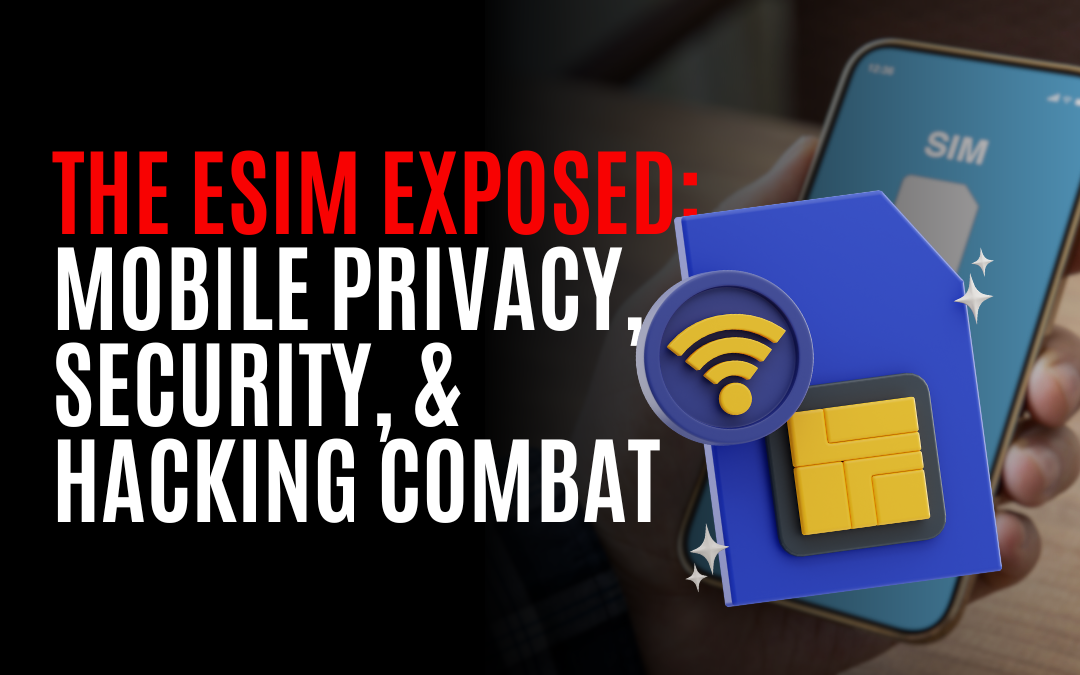
Unmasking the eSIM: A Deep-Dive into Mobile Privacy, Security, and the Combat against Hacking
Chris, a subscriber to my newsletter, recently emailed me to share his experience. Unfortunately, he lost $10,000 due to what appears to have been an "eSIM attack." Such attacks, previously common mainly in the Bitcoin community, are now a wider concern; anyone could potentially become a victim. Our phones hold a vast amount of personal data and sensitive information, from social media apps to mobile banking apps. Nevertheless, the vast amount of personal data and sensitive information we store on them can make us vulnerable to data breaches. In today's world, where secure and convenient mobile connectivity is in high demand, the use of eSIMs has seen a significant rise. The tiny memory chip known as the SIM card plays a crucial role in cell phone operation, as it grants users their unique phone number. But now, a new player has entered the SIM world—the eSIM card. This virtual SIM functions just like a physical one but with the added security of being embedded in your phone's...
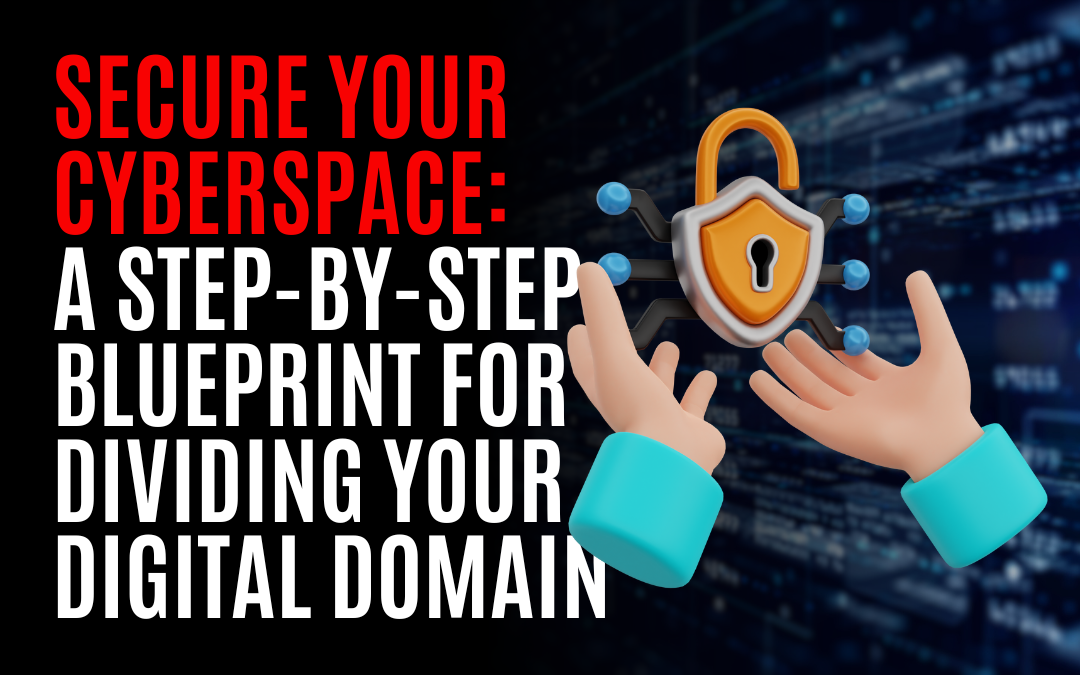
Secure Your Cyberspace: A Step-by-Step Blueprint for Dividing Your Digital Domain Between IoT Gadgets and Computers
Have you ever felt like your home network is getting too crowded? With the rise of smart devices, it's no wonder our Wi-Fi is feeling a little overwhelmed! But fear not – I'm here to offer you a solution that will make your internet-of-things (IoT) devices feel right at home without compromising the security of your networked computers. That's right, we're talking about splitting your home network! 🏘️😌 In this comprehensive guide, I'll explain everything you need to know about this nifty trick. Whether you're already familiar with the concept or new to the game, we'll cover all the bases. So put on a fresh pot of coffee ☕️☺️ and let me guide you towards a safer and more efficient home networking experience. What Is Splitting Your Home Network All About? Okay, let's break it down. Splitting your home network involves creating separate Wi-Fi networks for different groups of devices within your household. This means giving those pesky but beloved IoT gadgets their own virtual space...
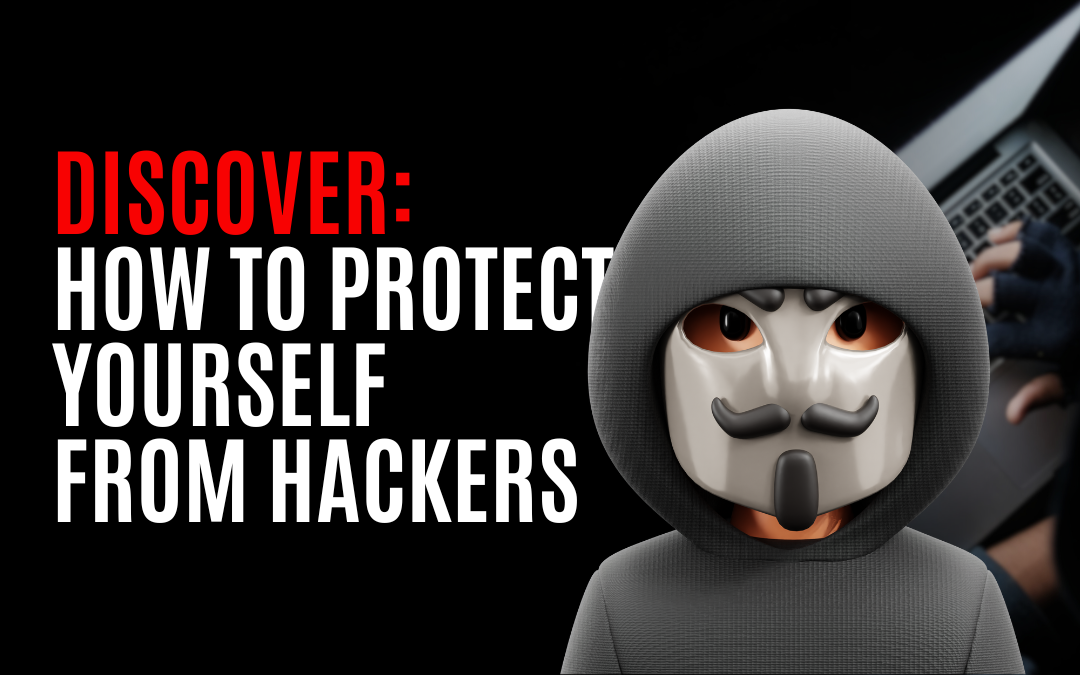
Exposed: Are Your Passwords on the Hacker Hit List? Find Out Now!
Did you know that over 8 billion personal records have been exposed to data breaches since 2013? That's right—billions of passwords, emails, and other sensitive information are out there in the digital wild. It's like leaving all your doors unlocked and hoping for the best! Now, you might be wondering if your own personal information has ever been compromised. Let me tell ya, it's a good thing you're here because I've got just the tool to help you out. 🛡️ Meet Have I Been Pwned (HIBP) – a website that tells you if your email or username has been involved in any known data breaches. Hey there, folks! Grab a cup of joe, and let's talk about the nifty features of haveibeenpwned.com. ✨ This website might just be your ticket to online security. So, why should we use it, and how can it help us? Well, I'm glad you asked! Let's dive right in. Peace of Mind with Breach Notifications Have you ever wondered if your personal data has been compromised? 🤔 It's an unsettling thought for sure! But...
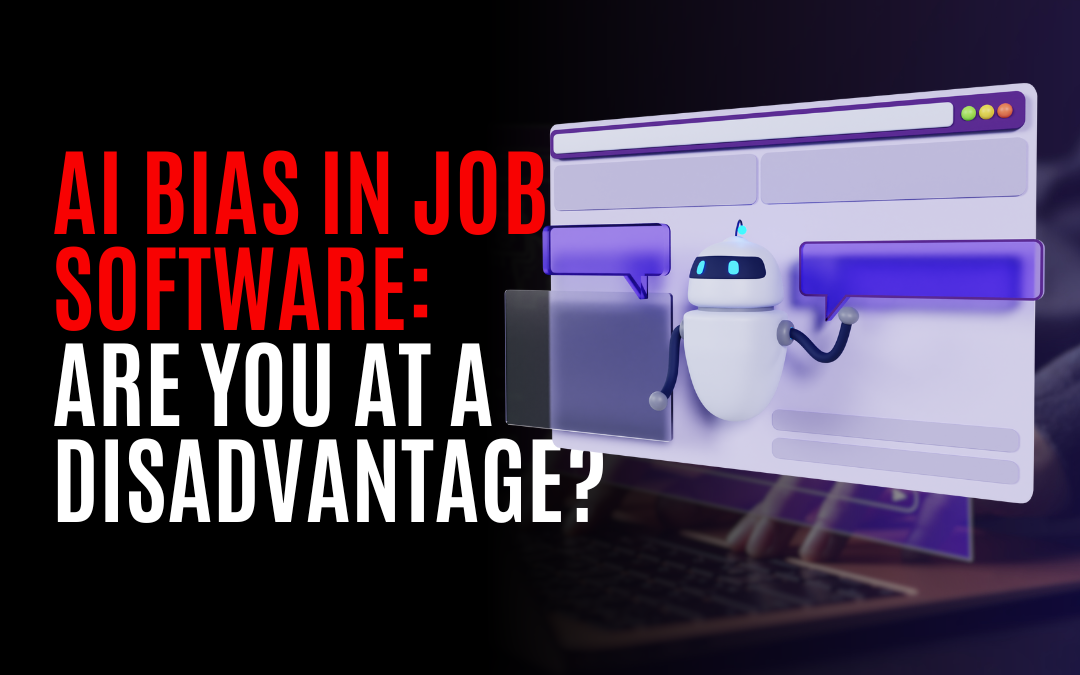
AI Gone Wild: Good Luck Getting a Job – The Job Software is Biased Against You
Today, we're going to talk about something hotter than a lobster pot in July: Artificial Intelligence (AI) and this new buzz around "bias-free" technology. Grab your coffee, buckle up, and let's dive right in! Now, you might have heard chuckles and chortles about this new Google AI thingamajig called Gemini. People are saying it's kookier than a bag of hammers, but let me tell ya, it's serious potatoes. You see, Gemini is supposed to be this shining knight in digital armor, free of bias and as fair as a bean supper. But it's jumping out of the boat before it even gets its feet wet. Let's say you asked this Gemini to whip up some pictures of white folks, and it turns around and says, "No, can do; that's reinforcing some not-so-nice stereotypes." Fair enough. But then, it cranks out images of non-white Vikings and a black George Washington without batting an eye. Well, that's more curious than a cat at a mouse convention. And it ain't just Google wading through the muck. There's...


